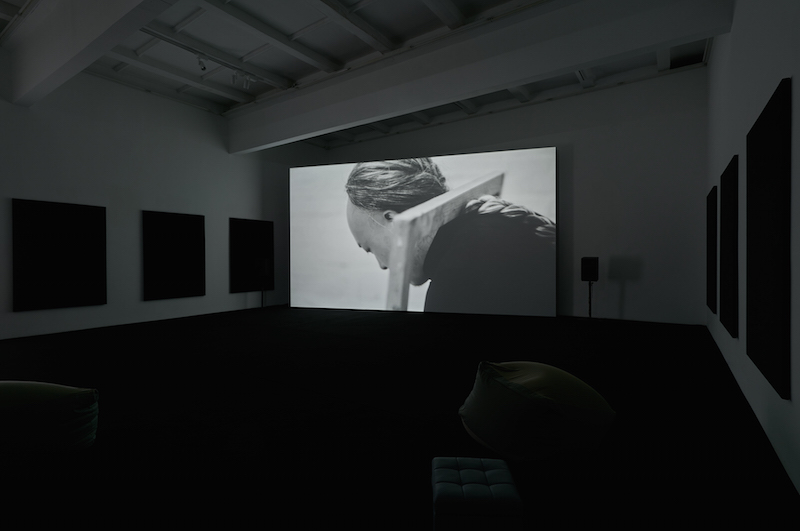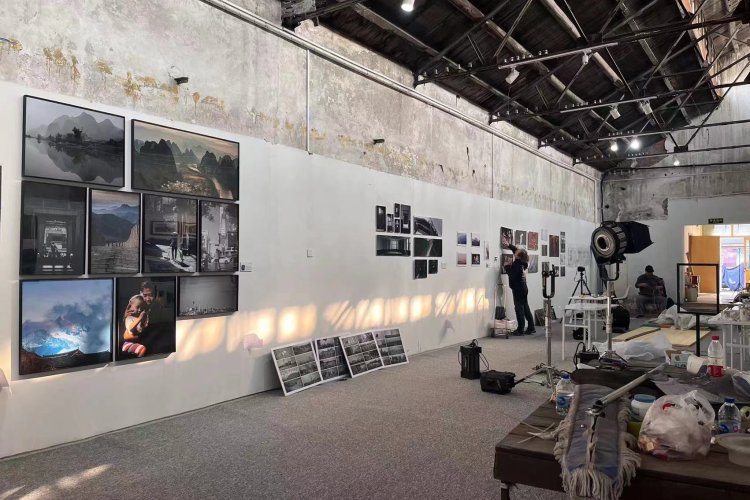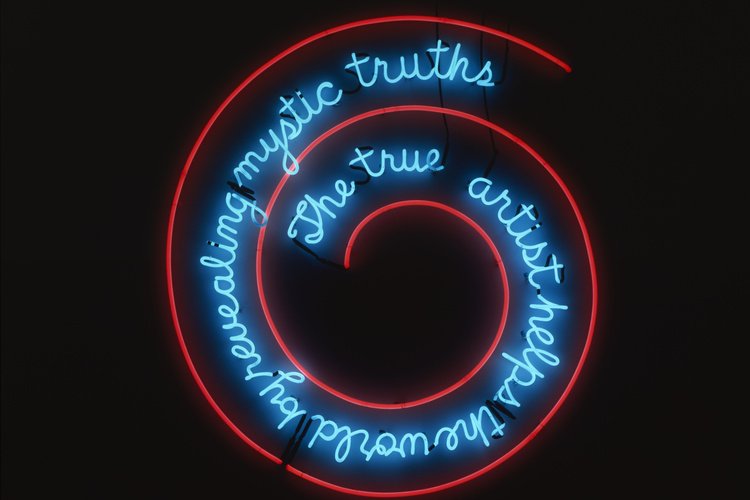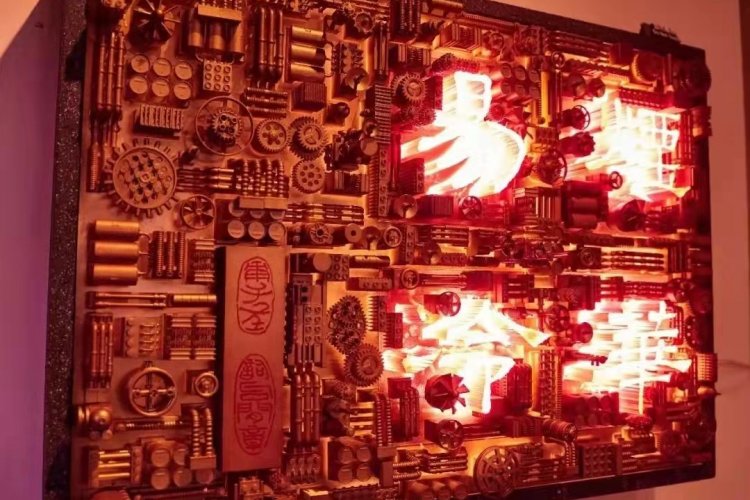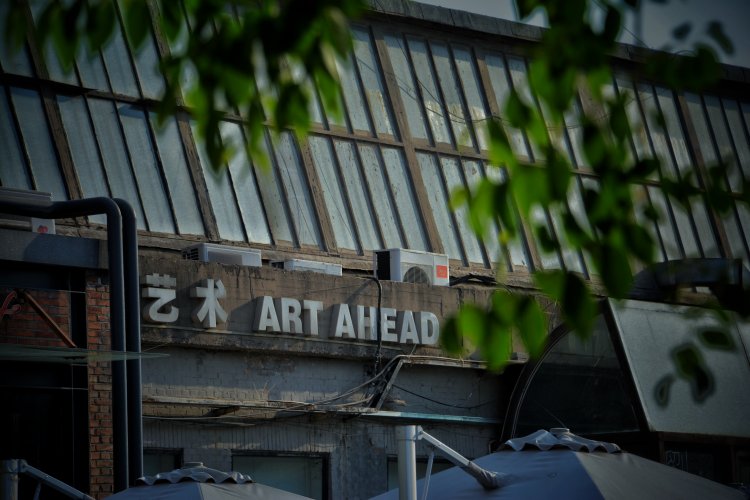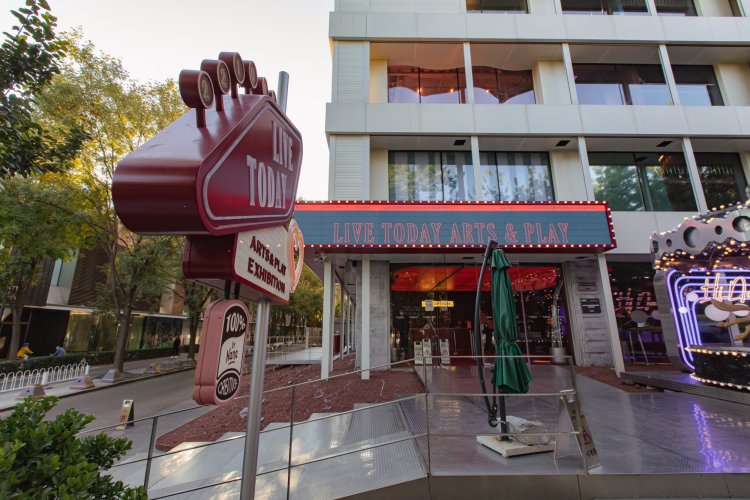SOTA: Liu Yefu and the Art of Cultural Assimilation at Magician Space
State of the Arts is our regular arts column whereby we take a look at the newest moves in Beijing's creative scene and highlight art news as well as exhibitions, artists, and openings that you should seek out.
As it stands, art history is an ongoing creation and re-interpretation of what happens in the art world, and what is the art world if not the result of many forces at play, each pulling, contending, articulating to each other in order to determine what is relevant, hyped, hot, and driving the zeitgeist. These forces tend to be stronger in certain regions because let’s face it, it’s not a phenomenon dissociated from the political nor economical context that generates it. Therefore, as a result, art can be also a colonial concept.
We might try to see it from a referential standpoint and understand how it works as a whole: wealth and relative development in certain periods in certain areas nurture artistic ethos and help to develop a framework to sustain them and make them flourish. The political gravitas of such regions, by the means that exist at the time, create circles of influence and bring such elements to those regions that embrace, for whatever reason, what they see; sometimes in an assimilating way and others perhaps too literally on account of the art's influence not aligning with the local needs/concerns/lines of thought.

Liu Yefu's No Easy Symbolism, on display for one final week at Magician Space, tackles these specific concerns by forcing the visitor to look beyond local scenarios and to ponder what’s going on on a more global scale, merging art and politics, and why not, life as a whole. The works here are on a quest to uncover the intersection between people and nations approach and confront global tensions in the hopes of achieving new ways of thinking, hoping to usurp the dichotomy of East-West and pre-established discourses.
The show’s discourse is highly symbolic – or surreal – as the Beijing-born artist Liu Yefu tells us during his recent interview with State of the Arts. We, in turn, cannot help but feel that his toying with surrealism, as a cultural movement, are employed so as to fight back China's current march towards rational thought and materialistic values fueled by a growing middle and upper class.
The exhibition itself consists of a set of still-life sculptures and a relaxed screening room where the artist’s video pieces are played uninterrupted. They may sound simple enough, but there’s a lot more than meets the eye. So as to further understand Liu's worldview, we spoke to the artist himself.
TBJ: How would you define your art practice?
Liu Yefu: My art practice is an extention of my [put-on-hold] painting practice. It's about history, race, memory; and it's surreal.
What motivated you to choose video as the main medium for your work?
I just can't be satisfied with my poor painting skills.
Do you feel that people are still able to connect to video the same way they used to in the past? What's behind your decision to arrange a cinema room installation?
I don't care about how they see my video pieces; whether it’s via a YouTube video, TV, or formal theater. I just want them to sit down or stand and watch them. It can even just be a place for visitors to rest when they are feeling tired while in 798.
In your installation pieces, there seems to be this idea of a "soiled" art experience. Do you think this notion resonates with Chinese art consumers? Why is it relevant to highlight this issue here and now?
My small still-life sculptures are actually about the failure of the West, or perhaps the failure of 20th century in general in so much as "oil and soil" refers to "iron and blood". The failed dream ("Bubba Goes Home, So Does Forrest"), failed aesthetics (Potato Piece), and even failed democracy ("Damascus 3 days 2 nights only for ¥3,500").
It's not a judgment but more like an indistinct feeling according to my personal experience. Chinese viewers might think "wow, it's a real potato," or the collector will get art-priced dirt. Either is totally fine to me.

Could you elaborate on how you came about with the idea of the "AD" pieces?
The "AD" piece reflects the idea of history having been consumed or modified by a chaotic kid. It's my childhood sketch on history books. For example, a tiger eating a female impressionist while she's painting in Asia ("Proposal I, 2017") can be related to Tora Tora Tora (tiger tiger tiger) – the codename for the Pearl Harbor attack. The Japanese dildo advertisement ("Proposal II, 2017") comes from my version of Saddam Hussein's hanging in which he is erect when he's hanged. The image of the Statue of Liberty holding the torch is turned into a water ad; she is holding a glass bottle of water instead of the torch – beautiful and fragile. The "Eight-Nation Coalition Killing the Boxer Rebel" is just a Lucky Strike ad. It's never easy to turn these images into symbols, but I can’t help but ask myself: Does history really exist like this? Or does it have more layers of possibility? Or what does history look like today or in the future?
In the exhibition, there's a subdued yet humorous criticism to certain elements representing the so-called "Western" values/concepts/ways of doing/thinking, and how they can overthrow or eclipse local perspectives. Do you think this represents the central theme of the exhibition as well as representing the current reality in China?
Yes, you could say so, but it’s more about a dialogue between two regions with different writing systems – the alphabetic and the pictographic, or a conversation between logic and ambiguity, speculation and perception. Having grown up in a country that uses a pictographic writing system, I wonder if being ambiguous allows one to do something that the ‘Western’ logic or clarity doesn’t. While the order established by the alphabetic West fails once and again (like Western criticism for example), is the ambiguous Far East still running normally? Could this ‘natural and turbid integrity’ perhaps create more opportunities for the world and provide us with more solutions?
As the exhibition title implies, I’m imagining there is possibly some more subtle, deeper symbolic connection between events like 911, World War II, the Gulf War, the Syrian civil war, Brexit, the German refugee crisis, Trump's government, and a happy-looking group of people playing games. Taking that idea further: violence or gentleness, stress or calmness, sorrow or happiness, Space X or bike-sharing, knowledge or ignorance, civilization or the primitive? If history does indeed repeat itself, is it be possible that the ‘post-modern’ has come to an end now, earlier than we expected, and we've returned to modernism or the primitive era? Or will it become an infant listening to the noises outside? Now let’s forget about the identity as an artist. For ordinary people, what matters much more now is - what is happiness like? What is future like?
A few months ago you were part of a larger group show The New Normal at UCCA. Do you feel like a part of a relatively homogeneous group in terms of what motivates your art practice or preoccupations?
I'm not sure, because I'm not sure what the other participating artists stand for. But I'm really interested in some of their work, for example, Yao Qingmei’s.
Do you have any short- or long-term collaborations in the works?
I'll go Xinjiang province to travel this September. Let's see what will happen then.
No Easy Symbolism is on show at Magician Space until Jun 20 and is the last exhibition that the space will hold prior to undergoing renovations later this month.
Photos courtesy of Sun Shi

